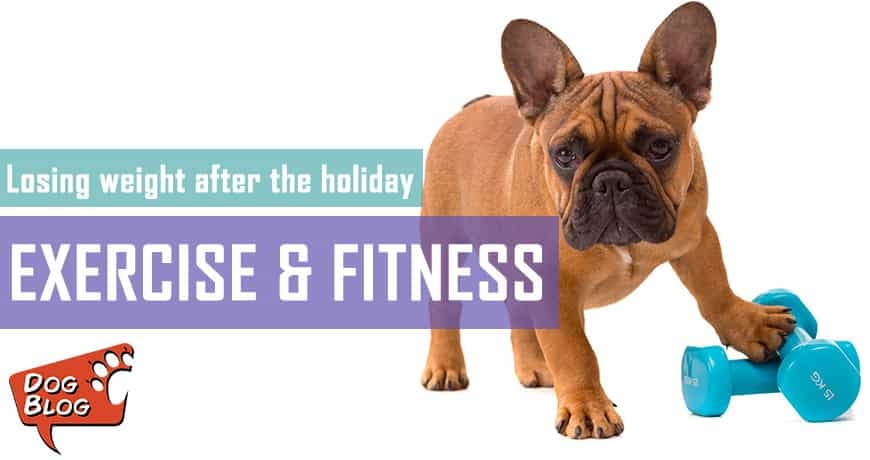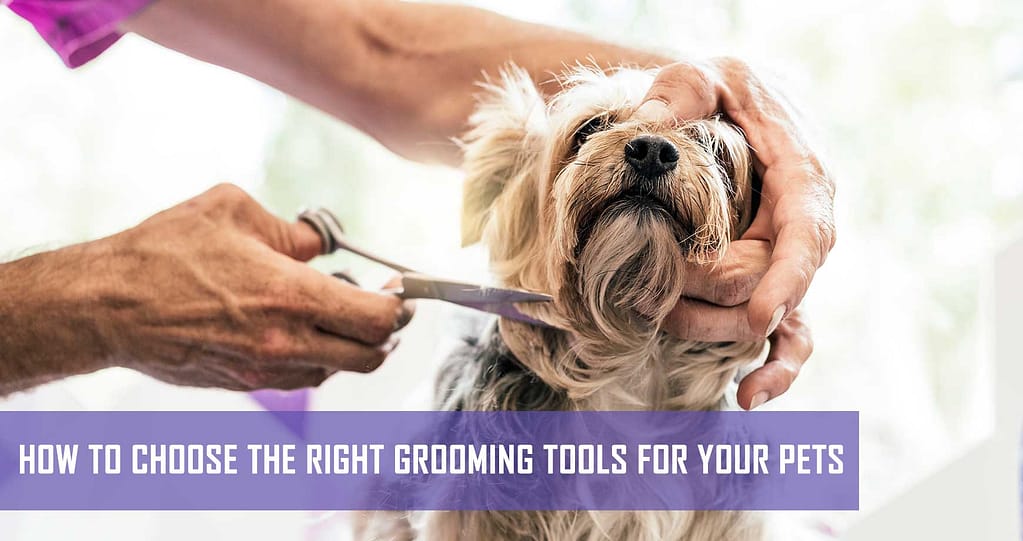It’s tough to accept that the holidays are over. The festive season is always super relaxing, but perhaps a bit too relaxing if you look at your belly! If your four-legged buddy is also looking a tad more pudgy than usual, then maybe now’s the time to worry…
Being overweight is not healthy at all – not for you and definitely not for your paunchy pooch. It can cause a lot of problems if you don’t put an end to it right away and start exercising! But first you have to go to the experts. The vet will tell you how much weight your dog has gained and how much he needs to lose in order to reach the ideal weight for his age and size. The vet will also recommend the right food, especially if there is a Lite option, and tell you how much and when to feed him. Don’t expect weight loss to happen right away: it will require a fitness regimen to turn your Chubby Chappie into Trim Jim, especially if he’s on the senior side of things.
The best part about trying to get your round hound back into shape is that you can exercise with him! The benefit is that you’ll be having so much fun, you won’t even notice time passing and soon you’ll both be back to a healthy weight. Most importantly, remember safety first, and always keep an eye on your dog – keep him safe and enjoy strengthening your unbreakable bond!
1. Let’s go walkies!
Walking is one of the simplest, yet most effective exercises you can do – the cardio workout is great! Not only will you enjoy walking with your dog, but he will LOVE the time outside with all the different sights and smells. No quick walks around the block will do. For this to be an effective workout, you must walk consistently for at least 30 minutes a day. Also, a slow walk won’t quite clock up your heart rate – you need to be actively engaging your legs and core; walking with purpose!
Your dog thrives on routine, so even when you don’t feel like walking, he will be there – your ‘fur’sonal trainer – to get your butt into shape at the same time every day. Grab his collar and leash even when you don’t feel like walking yourself, and remember that’s not just about you.
2. Water babies
Swimming is another fantastic cardio workout for both person and dog. It’s easy on the joints and it’s fun with a water buddy. Swimming comes naturally to dogs, but not all dogs enjoy water, so before you invest in a brand-new Speedo and goggles, literally test the water to see if your dog is a natural water baby. You’ll know instantly because dogs that love water… REALLY LOVE water. Take full advantage of this swimming knack because it offers great aerobic conditioning without the impact and stress that running can cause.
The low-impact exercise of swimming can be particularly beneficial for elderly dogs that may be suffering from joint problems like arthritis. Be careful not to swim just anywhere – look at the water and make sure there aren’t any dead fish in it. Algae growth on the surface may contain bacteria that could be harmful to you and your dog. If you and your furry are swimming in a chlorine pool, keep a lookout for dry irritated skin and give your dog more regular conditioning baths to protect his skin and coat.
3. Playing games
The best kind of exercise is good for your dog’s body as well as his mind. Dogs love playing games, especially when they get to play with you. Fetching a ball, frisbee or stick not only keenly hones dogs’ chase instinct, but it gets their legs moving and their heart pumping. Another fun game is hide and seek: when you hide, your dog will naturally seek you out – just finding you is reward enough! But you could also hide (low-fat) treats in the garden and get your pooch to sniff them out. These kinds of games are an extremely enjoyable experience for both of you and can only deepen your cross-species bond.
Don’t overdo it and don’t underdo it
Too much of a good thing can be bad and too little of a good thing can also be bad, so try your best to be moderate. Dogs can also get stiff and have sore joints and backs, but if you don’t exercise them enough you’ll only be wasting time and your dog will continue to get fatter. So, how do you know you are doing it right? Watch out for these indicators that will show you that your dog is getting too much or too little exercise:
Too little exercise:
- A chubby pooch
- Relieving themselves in the house can be related to a lack of exercise
- Hyperactivity (needing to burn off excess energy) including:
- excessive chewing
- digging
- barking
- jumping up and down
Too much exercise:
- Your dog starts to lag during exercise or suddenly stops to lie down
- Excessive panting, wheezing or shortness of breath (hyperventilation)
- Visible signs of distress
- Signs of lameness
Ask your vet to recommend an exercise regimen for your dog based on his breed and age. Depending on your climate, don’t exercise your dog when it’s too hot. And don’t let him pick up or eat any nasties on the pavement. When you start out, start slowly and work up to more intense or longer workouts together. You’ll soon find that your workouts are so much fun that they’re too short because you just want to spend more time with your fit furry friend!







